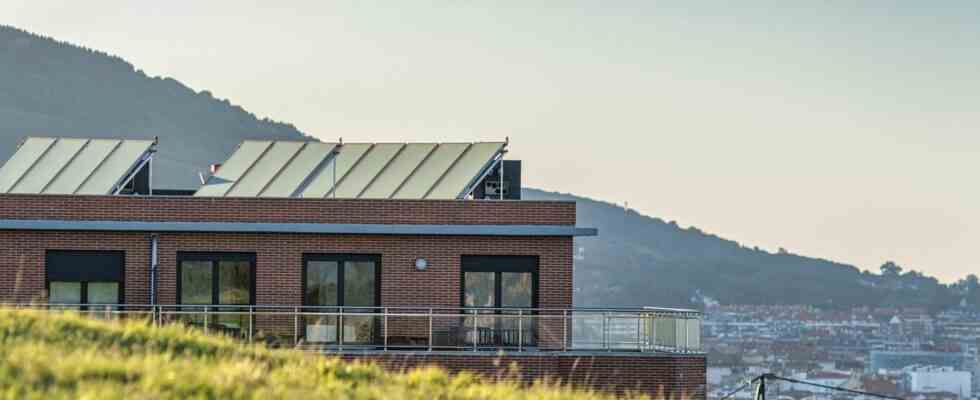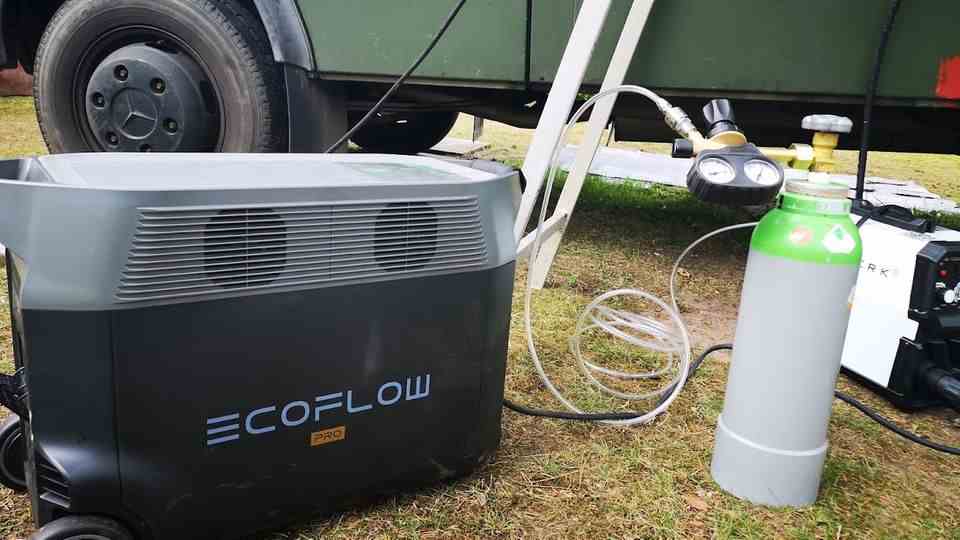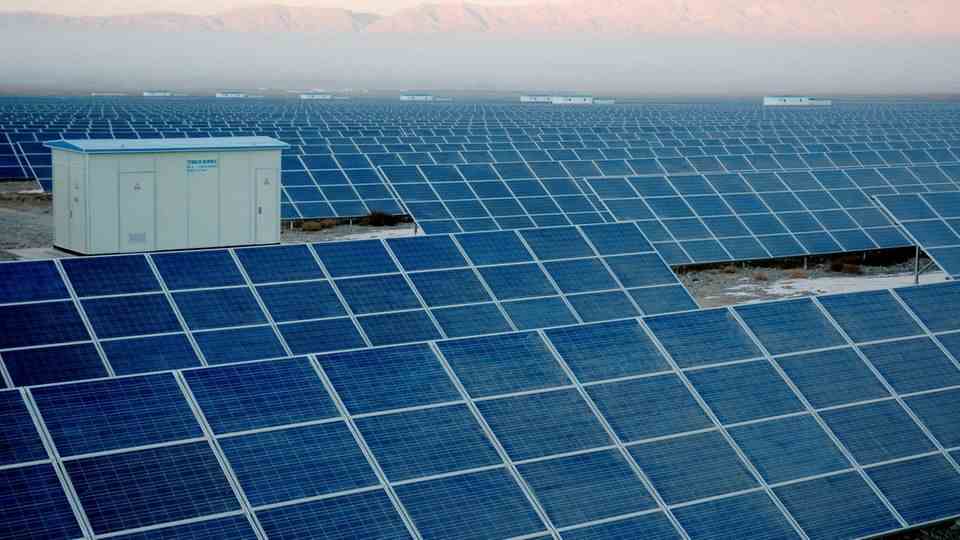financial test
Solar systems will be so attractive from next year
Finally, a private person can install a system up to 30 kWh.
The state clears away inhibiting regulations and creates better conditions for private solar systems. The “financial test” summarizes the changes.
As early as next year it will be significantly easier to install a solar system on your own roof. The 2022 annual tax law includes a whole series of measures that make the installation more attractive. “Finanztest” examines the measures in the current issue. On some points, one can say that the state is finally removing some of the obstacles that its rules of the game created in the first place. The “reduction of bureaucracy” for private systems is very important.
Private systems up to 3000 Wh
From next year, the electricity yield from systems with a capacity of up to 30 kWh will be tax-free. Neither the fee for the electricity fed into the grid nor self-consumption have to be taxed. For apartment buildings, the limit is raised to 15 kWh per residential unit. This means that German households can now also install very large solar systems. Due to the drop in panel prices, it is worth building up massive overcapacities. On sunny days, the surplus is fed into the grid. The XL systems become really interesting in spring and autumn – then they can cover their own needs even with only a few hours of sunshine.
In addition, there is no sales tax. Calculated in euros, this relief is manageable, but the households of employees and pensioners then do not have to submit a separate sales tax return, which is otherwise due every year. You can download the “Solar Power Guide” from the “Finanztest” for a fee here read.
sales tax dilemma
But here the citizen must make a difficult choice. He either chooses the option “exemption from income and sales tax” or he can save a lot of money when buying the system. If you are willing to subsequently pay sales tax and take the trouble to make the declarations, you can have the sales tax reimbursed when purchasing the system. The costs for installation, devices and also for a power storage device are then reduced by 19 percent. For a larger system including storage, 35,000 euros are sometimes due – then you save over 6500 euros on the purchase.
In addition, private individuals can now also choose the “full feed-in” model. Then they are not allowed to consume their electricity themselves, but have to feed it completely into the grid. As payment they receive 13 cents instead of 8.3 cents. You can switch between the two models at the end of the year. In view of electricity prices of around 40 cents, this variant should be worthwhile for very few. As a full feeder you can save yourself the expensive battery, but since you usually have to calculate with full costs of 10 to 12 cents to generate the solar power, the profit of only one to three cents is very small.
Self-consumption is usually the most attractive
Typically, self-consumption remains the most attractive choice. Here you generate the electricity for 10 to 12 cents and save the difference to the rising market price. The “Finanztest” contains several sample calculations – but you can only get hard figures if you calculate a specific project. This is partly because the solar radiation can only be calculated individually. And then the costs per kWh decrease. Solar capacity the larger the system is, because the installation costs do not increase directly. The scaffolding only has to be set up once. The cost of cabling is almost as great for a small system as it is for a large one. The amount that you can generate from your own electricity can use increases with the amount of installed memory.
Mind you, the absolute amount, measured as a percentage, will decrease because far too much electricity is generated in summer. Rechargeable batteries are not cheap, but they lead to a significant increase in the lucrative personal contribution because they store the energy from the hours of sunshine for the hours of consumption. However, the calculation changes completely when an e-car is added as a consumer and as a power storage device with its extremely large battery.
Nowadays, anyone planning a system has to wait a while. Everything is tight. You have to reckon with rising prices for all components. But it will (still) be possible to get everything, even if perhaps not from the desired company. The situation is different with the installers, patience is required here. Waiting times of six months or more are not uncommon.
You can download the “Solar Power Guide” from the “Finanztest” for a fee here read.





